Home>Storage Ideas>Kitchen Storage>5 Bad Kitchen Habits I Finally Fixed And You Should Too
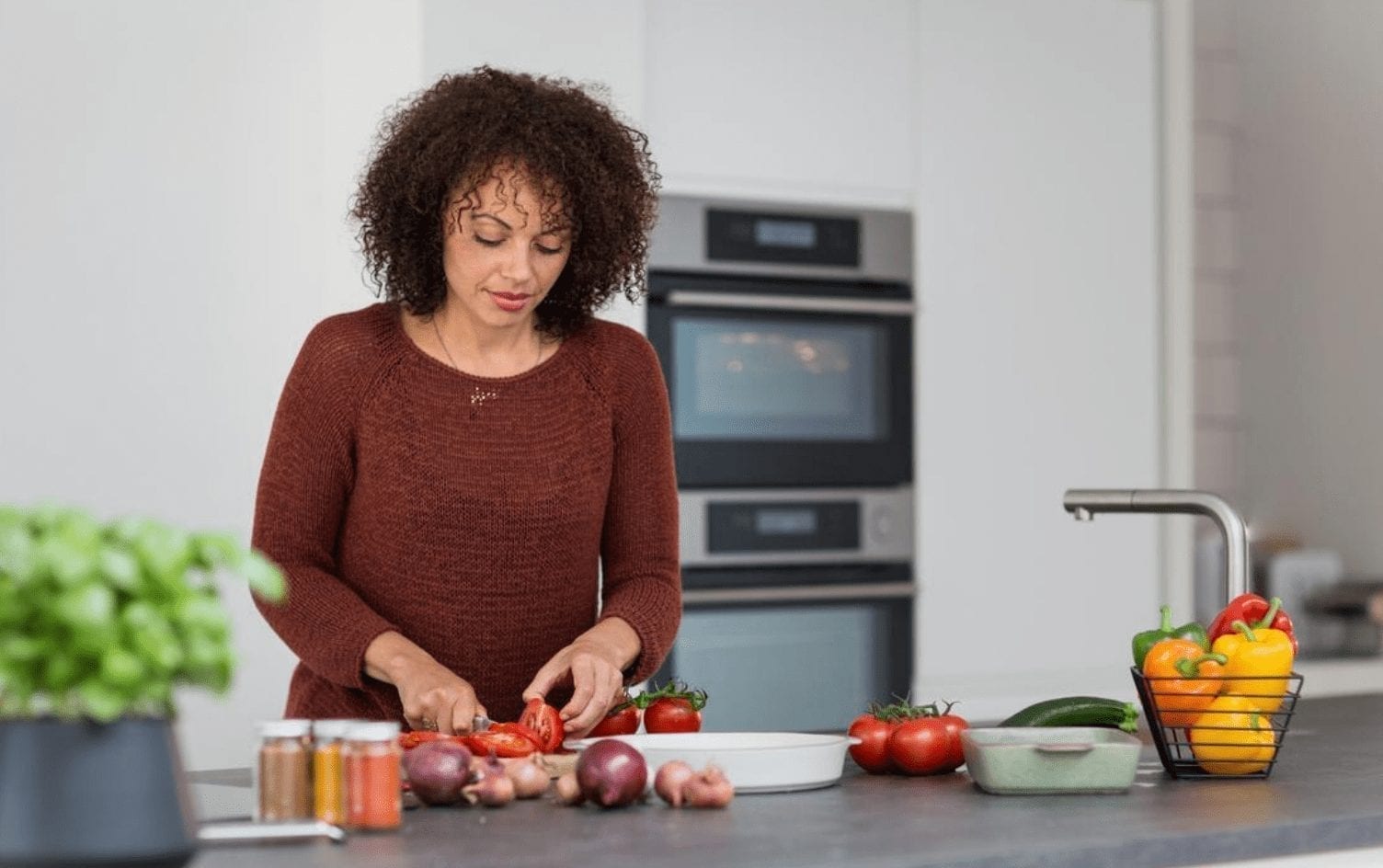

Kitchen Storage
5 Bad Kitchen Habits I Finally Fixed And You Should Too
Modified: November 2, 2024
Discover how I finally solved common bad kitchen habits and find out how to improve your kitchen storage with these clever ideas. Don't miss out!
(Many of the links in this article redirect to a specific reviewed product. Your purchase of these products through affiliate links helps to generate commission for Storables.com, at no extra cost. Learn more)
Introduction
When it comes to the kitchen, keeping things organized and efficient is essential for a smooth cooking experience. However, many of us fall into bad habits that can lead to clutter, wasted time, and even food spoilage. In this article, we will explore five common kitchen storage mistakes and how to fix them. By breaking these bad habits, you can create a more functional and enjoyable cooking space.
From leaving dirty dishes in the sink to neglecting to clean the oven regularly, these habits may seem harmless at first glance. But in reality, they can have a significant impact on the cleanliness, organization, and overall functionality of your kitchen. By recognizing and addressing these bad habits, you can transform your kitchen into a well-organized and efficient space.
So, without further ado, let’s dive into the five bad kitchen habits that I finally fixed, and that you should too.
Key Takeaways:
- Say goodbye to dirty dishes in the sink! By cleaning up after each meal, you’ll enjoy a clutter-free and satisfying cooking space while saving time in the long run.
- Keep your kitchen fresh and efficient by breaking bad habits like neglecting to clean countertops and ignoring expired pantry items. Transform your cooking experience with these simple changes!
Habit 1: Leaving Dirty Dishes in the Sink
One of the most common kitchen storage mistakes is leaving dirty dishes in the sink. It’s easy to get caught up in the hustle and bustle of daily life, leaving us with little time or energy to tackle the pile of dishes. However, allowing dirty dishes to accumulate can create an unhygienic and cluttered kitchen environment.
To break this bad habit, it’s important to commit to a routine of cleaning up after each meal or cooking session. Start by scraping any leftover food into the trash and rinsing off the dishes. If possible, load them into the dishwasher immediately. If you don’t have a dishwasher, fill the sink with warm soapy water and let the dishes soak while you attend to other tasks.
By taking a few minutes to clean up after each meal, you’ll prevent a backlog of dirty dishes from accumulating. Not only will this keep your kitchen clean and organized, but it will also save you time in the long run as you won’t have to spend hours tackling a mountain of dishes.
Additionally, consider investing in a dish rack or drying mat to provide a designated spot for air-drying your dishes. This will prevent water spots and allow your dishes to dry properly before being put away.
Lastly, make it a habit to put away clean dishes as soon as they’re dry. This will ensure that your kitchen remains clutter-free and that dishes are readily available when you need them.
By breaking the habit of leaving dirty dishes in the sink, you’ll not only have a cleaner and more organized kitchen, but you’ll also feel a sense of satisfaction and accomplishment each time you walk into your sparkling clean space.
Habit 2: Not Wiping Down Countertops After Cooking
After a long day of cooking, it’s tempting to leave the mess on the countertops and deal with it later. However, neglecting to wipe down your countertops after cooking can lead to a buildup of dirt, grime, and potentially harmful bacteria.
To break this bad habit, make it a rule to wipe down your countertops immediately after preparing a meal. Simply grab a damp cloth or sponge and give the surfaces a quick wipe. This will remove any food particles, spills, and stains, keeping your countertops clean and sanitary.
In addition to regular wiping, it’s also important to give your countertops a more thorough cleaning on a regular basis. Depending on the material of your countertops, you may need to use specific cleaning products or solutions. For example, granite countertops require gentle cleaners, while laminate countertops can tolerate more abrasive cleaning agents.
Not only does keeping your countertops clean and free of clutter improve the overall appearance of your kitchen, but it also promotes a hygienic and healthy cooking environment. Plus, wiping down the countertops immediately after cooking saves you time in the long run, as stubborn stains and spills are easier to clean when fresh.
Remember, prevention is key to maintaining clean countertops. Try using cutting boards and trivets to protect the surfaces from excessive heat and knife scratches. This will minimize the need for deep cleaning and help preserve the quality of your countertops for years to come.
By forming the habit of regularly wiping down your countertops after cooking, you’ll create a clean and inviting kitchen space that you’ll be proud to show off to guests.
Habit 3: Neglecting to Clean the Oven Regularly
We often use our ovens to bake delicious meals, but how often do we actually clean them? Neglecting to clean the oven regularly can result in a buildup of grease, food residue, and even unpleasant odors.
To break this bad habit, it’s important to establish a routine for oven cleaning. Start by removing any loose debris or crumbs from the oven using a damp cloth or sponge. Then, depending on the type of oven you have, choose an appropriate cleaning method.
If you have a self-cleaning oven, follow the manufacturer’s instructions for the self-cleaning cycle. The oven will heat up to a high temperature, burning off any food residue and leaving you with ash that can be easily wiped away. However, it’s important to note that self-cleaning cycles can produce strong odors, so ensure proper ventilation while the cycle is running.
If you have a standard oven, you can clean it using a homemade or commercial oven cleaner. These products are designed to break down grease and grime, making it easier to scrub them away. Be sure to read and follow the instructions on the cleaner for best results.
It’s important to thoroughly clean the oven racks as well. Remove the racks from the oven and soak them in warm soapy water. Use a scrub brush or sponge to remove any stubborn stains or food residue. Rinse the racks and allow them to dry before placing them back in the oven.
Regularly cleaning your oven not only improves its efficiency but also prevents the buildup of burnt-on food, which can emit smoke and affect the taste of your dishes. Furthermore, a clean oven is more pleasant to cook in and reduces the risk of any potential fire hazards.
By making oven cleaning a regular part of your kitchen routine, you’ll not only maintain a cleaner and healthier cooking environment but also extend the lifespan of your oven and improve its performance.
Tip: Clean as you go to avoid a big mess at the end. Wipe down surfaces, wash dishes, and put away ingredients as you cook to keep your kitchen organized and efficient.
Habit 4: Failing to Properly Store Food
Properly storing food is crucial for maintaining its freshness, preventing spoilage, and minimizing food waste. Unfortunately, many of us fall into the habit of haphazardly storing food, leading to a disorganized and inefficient kitchen.
To break this bad habit, it’s important to establish a system for food storage. Here are some tips to help you get started:
1. Invest in storage containers: Purchase a variety of airtight containers in different sizes to store leftovers, chopped fruits and vegetables, and other perishable items. These containers will help to keep your food fresh, prevent odors, and make it easier to stack and organize in your pantry or refrigerator. 2. Label and date everything: Use labels or masking tape to mark the contents and date on each storage container. This will help you keep track of when items were stored and ensure that you use them before they expire. 3. Organize your pantry: Arrange your pantry items in a logical manner, grouping similar items together. Place frequently used items within easy reach, while less frequently used items can be stored on higher shelves. 4. Utilize proper storage techniques: Different foods have different storage requirements. For example, potatoes and onions should be stored in a cool, dark place, while delicate greens need to be kept in the refrigerator with a damp paper towel to maintain freshness. Be mindful of these requirements and store each type of food accordingly. 5. Minimize food waste: Keep track of the expiration dates on your pantry items and use the “first in, first out” rule. This means using older items before newer ones to prevent food from going bad and being wasted. 6. Make use of your freezer: Freeze leftover meals and ingredients in portioned containers for quick and easy meals in the future. This will also help to extend the shelf life of certain foods. By adopting these storage habits, you’ll not only keep your kitchen organized and efficient but also reduce food waste and save money. Additionally, properly stored food will retain its quality and flavor, ensuring that your meals are always enjoyable. Remember, food storage is an ongoing process, so it’s important to regularly check and organize your pantry and refrigerator to ensure everything is fresh and in its proper place. Taking the time to establish good food storage habits will pay off in the long run, resulting in a more efficient and enjoyable cooking experience.
Habit 5: Ignoring Expired Pantry Items
Have you ever reached into your pantry for an ingredient, only to find that it has expired? Ignoring expired pantry items not only leads to wasted money but can also affect the taste and quality of your dishes. It’s time to break this bad habit and make sure your pantry is stocked with fresh and usable ingredients.
To tackle the issue of expired pantry items, follow these steps:
1. Regularly check expiration dates: Make it a habit to check the expiration dates on your pantry items. This can be done during regular kitchen clean-ups or when you’re meal planning for the week. Take note of items that are approaching their expiration dates and plan to use them before they go bad. 2. Create an inventory: Take inventory of your pantry regularly to keep track of what items you have and their expiration dates. This will help you to easily identify and use items before they expire, reducing waste. 3. Organize by expiration date: Arrange your pantry items in a way that puts the ones closest to expiration at the front. This way, you’ll be more likely to use them before they go bad. 4. Donate or discard expired items: If you come across expired items during your pantry clean-up, take the opportunity to discard them. Check for signs of spoilage or damage before deciding whether to keep or discard a questionable item. Non-perishable items that are still within their expiration dates but unlikely to be used can be donated to food banks or local charities. 5. Practice first-in, first-out: When restocking your pantry, use the “first-in, first-out” rule. This means placing newer items behind older ones, so the older ones are used first. This ensures that you’re using your pantry items before they expire. 6. Optimize storage conditions: Pay attention to the storage requirements of different pantry items. Some ingredients, like spices, may lose their potency over time, so store them in a cool, dry place away from direct sunlight. For items like flour and grains, consider using airtight containers to prevent bugs or moisture from ruining them. By breaking the habit of ignoring expired pantry items, you’ll not only prevent the wastage of ingredients but also ensure that your meals are made with fresh, high-quality ingredients. It’s a small change that can have a big impact on the taste and enjoyment of your cooking. Remember, regular pantry inventory checks and attention to expiration dates will help you maintain a well-stocked pantry and minimize waste. With a little organization and mindful shopping, you can ensure that your pantry is filled with ingredients that are ready to be used in your next culinary adventure.
Conclusion
The kitchen is the heart of the home, and keeping it organized and functional is essential for a smooth cooking experience. By breaking bad kitchen storage habits, you can create a space that is clean, efficient, and enjoyable to work in.
In this article, we explored five common kitchen storage mistakes and how to fix them. We addressed habits such as leaving dirty dishes in the sink, neglecting to wipe down countertops, failing to clean the oven regularly, not properly storing food, and ignoring expired pantry items.
By breaking the habit of leaving dirty dishes in the sink, you can maintain a clutter-free and hygienic kitchen environment. Wiping down countertops after cooking not only keeps them clean but also prevents the buildup of dirt and bacteria. Regularly cleaning the oven ensures optimal performance and eliminates unpleasant odors. Properly storing food prevents spoilage, minimizes waste, and maintains freshness. Lastly, paying attention to expiration dates and keeping a well-organized pantry ensures you’re using ingredients before they go bad.
By implementing these changes and adopting new habits, you can transform your kitchen into a well-organized and efficient space. Not only will you save time and money, but you’ll also enjoy a cleaner and more enjoyable cooking experience.
To maintain these improvements, it’s important to make these habits a part of your regular routine. By consistently practicing good kitchen storage habits, you’ll not only create a more functional space but also reduce stress, minimize food waste, and enhance the overall aesthetics of your kitchen.
Remember, breaking bad habits takes time and effort, but the rewards are well worth it. So, roll up your sleeves, get organized, and say goodbye to those old kitchen storage habits. Your kitchen will thank you!
Frequently Asked Questions about 5 Bad Kitchen Habits I Finally Fixed And You Should Too
Was this page helpful?
At Storables.com, we guarantee accurate and reliable information. Our content, validated by Expert Board Contributors, is crafted following stringent Editorial Policies. We're committed to providing you with well-researched, expert-backed insights for all your informational needs.
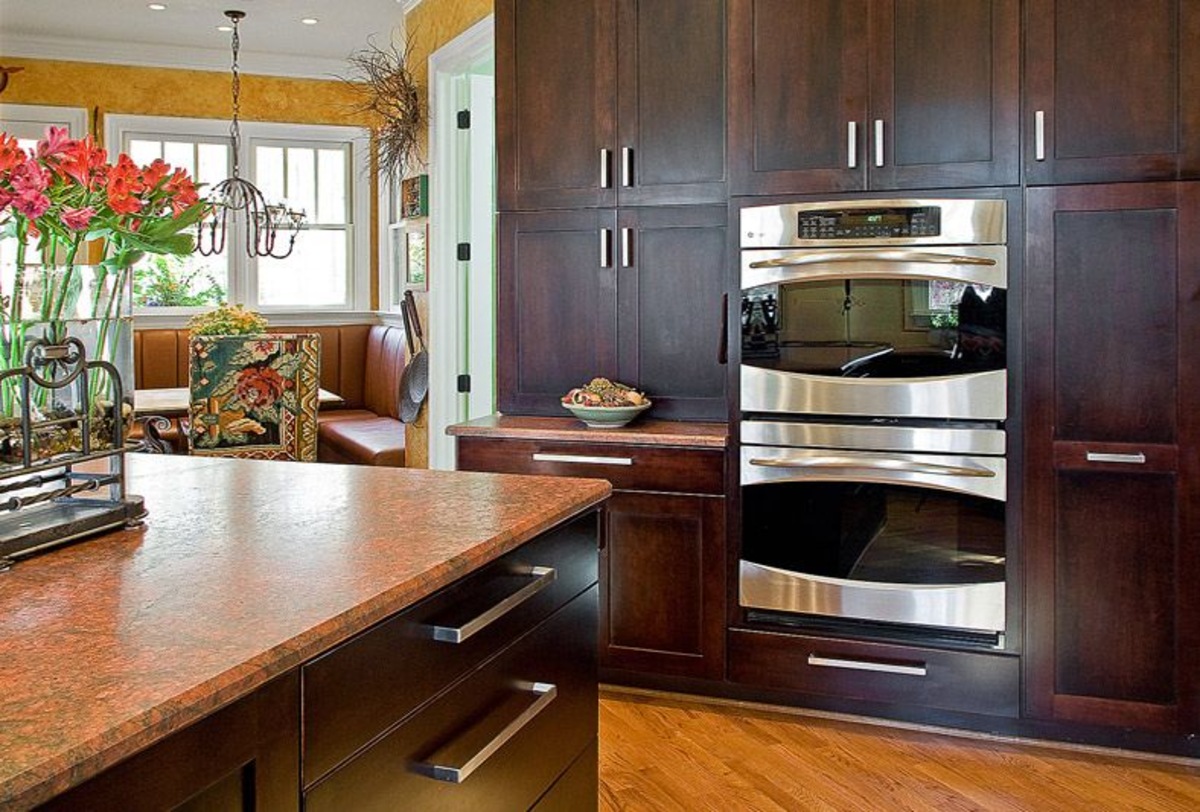
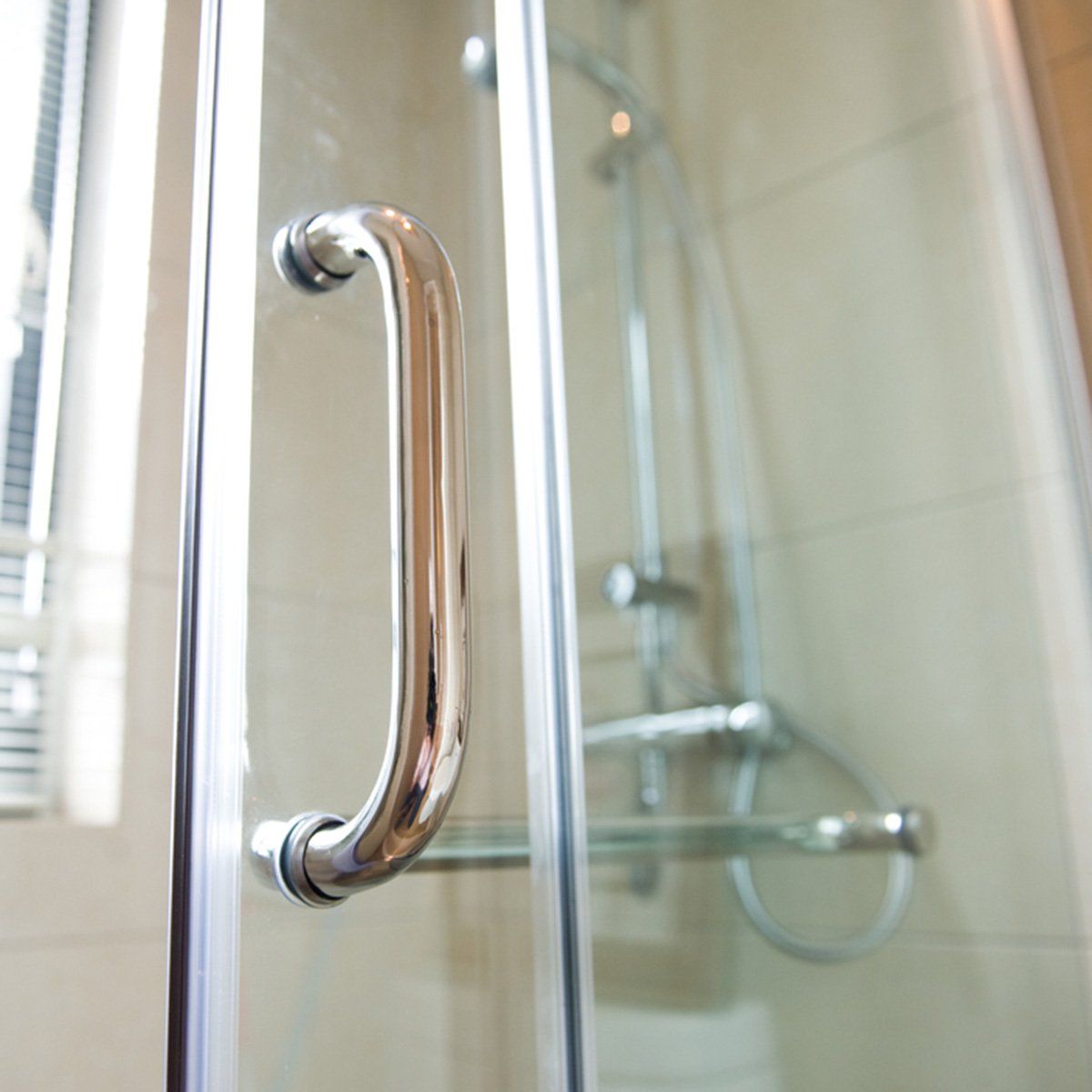

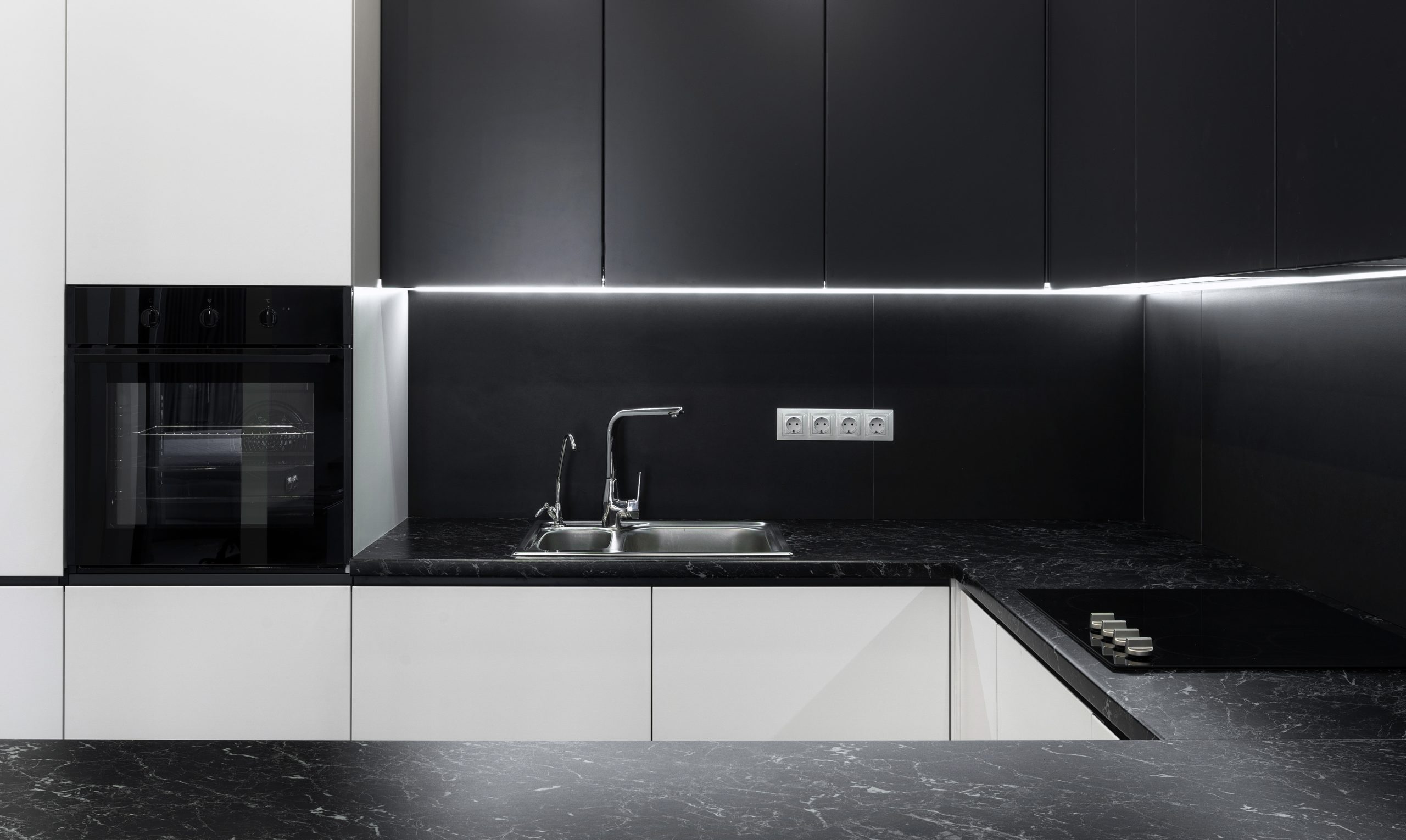
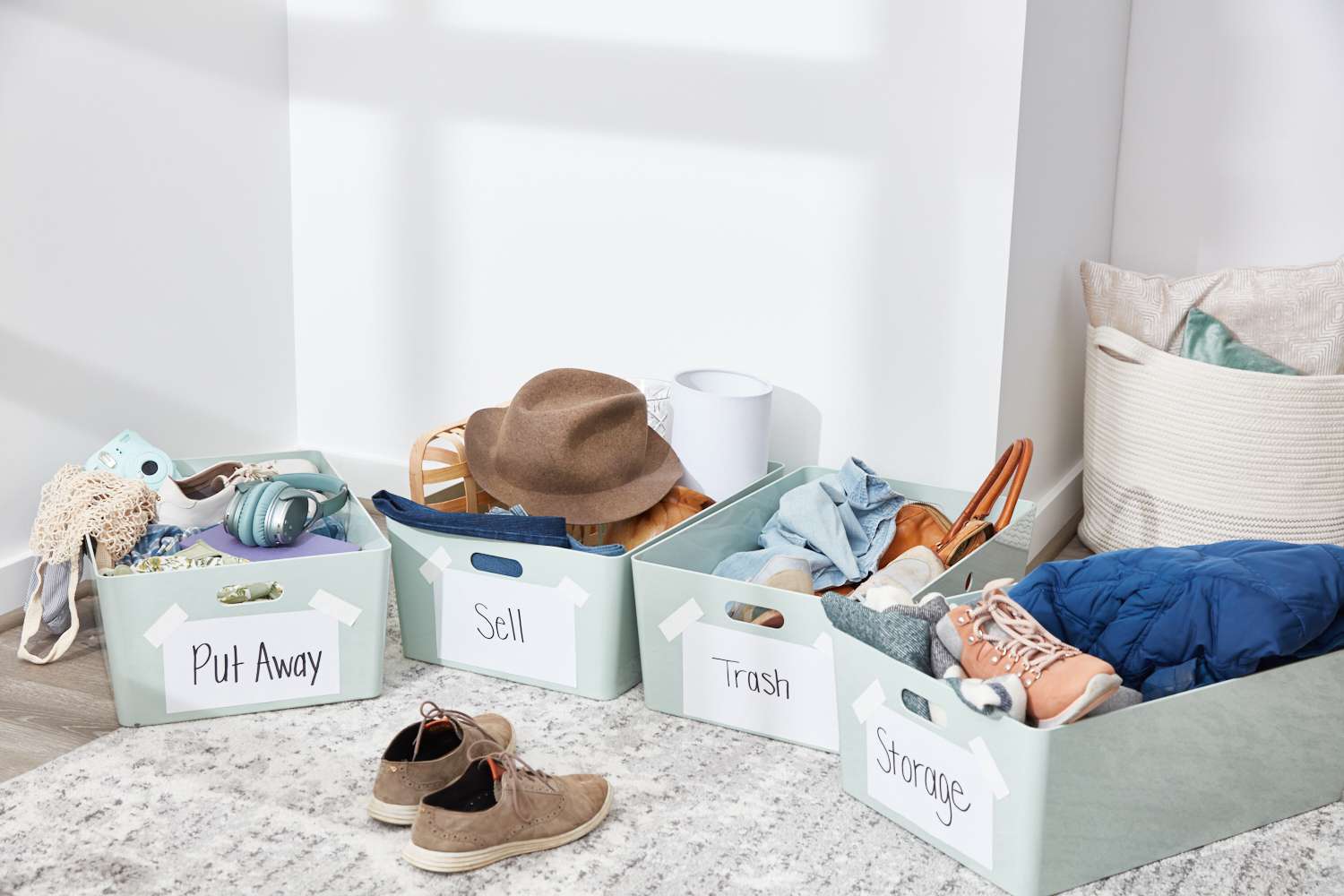
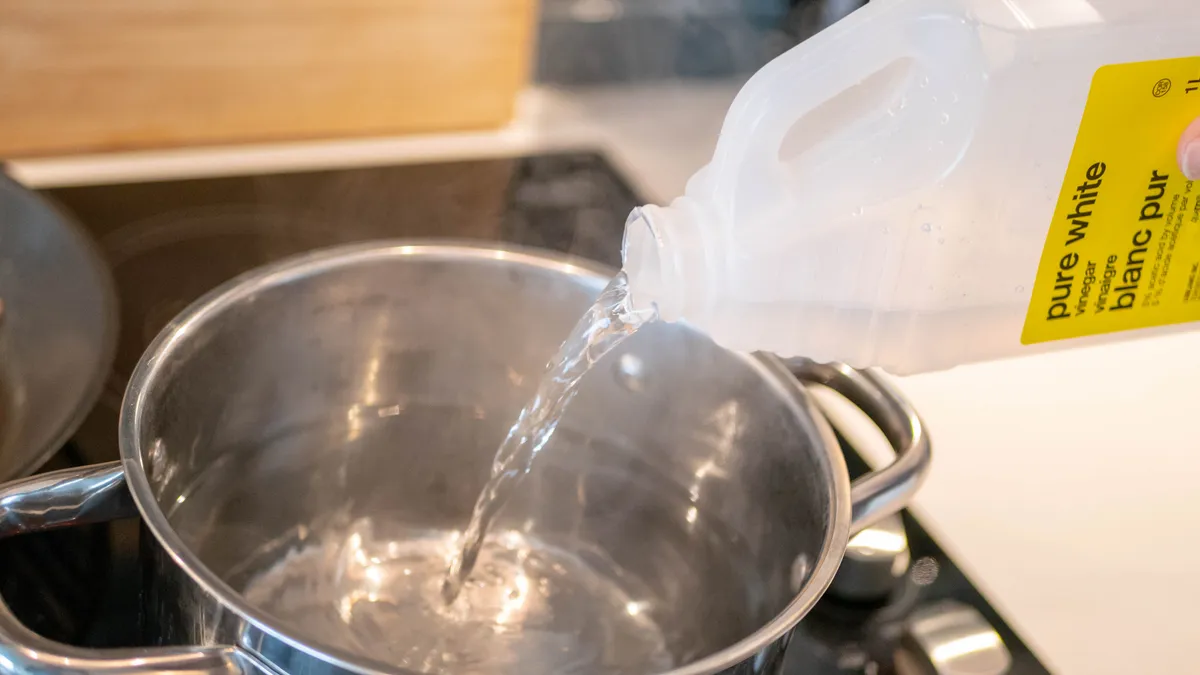
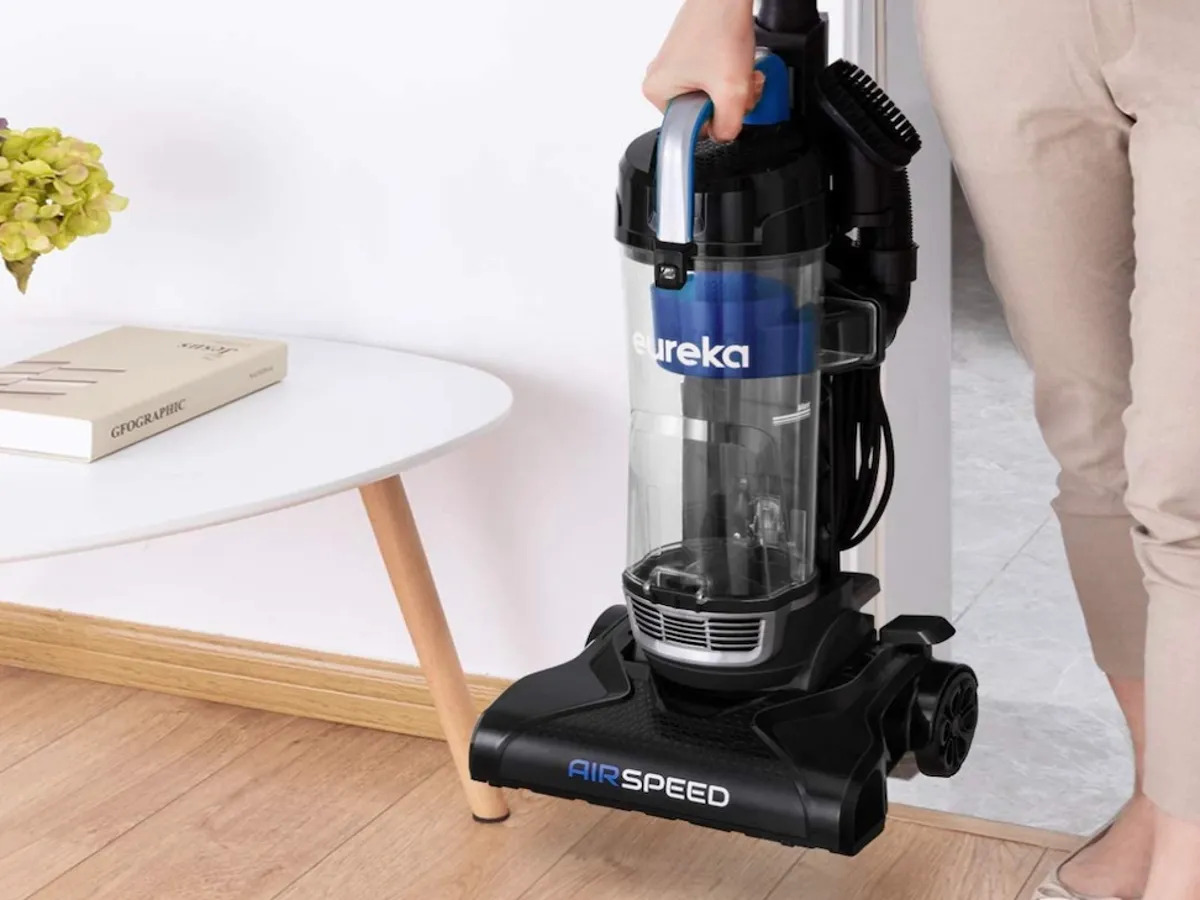
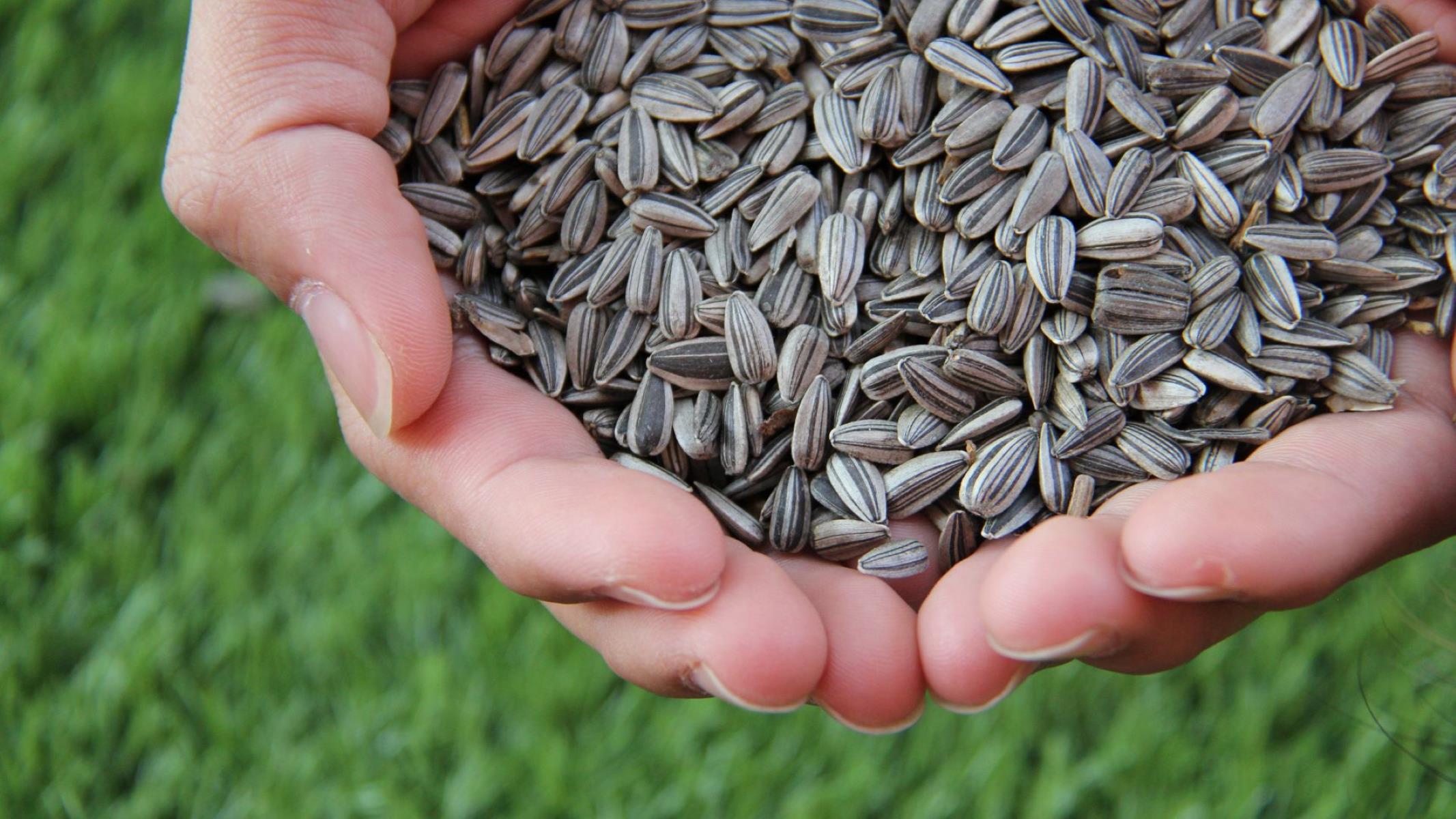
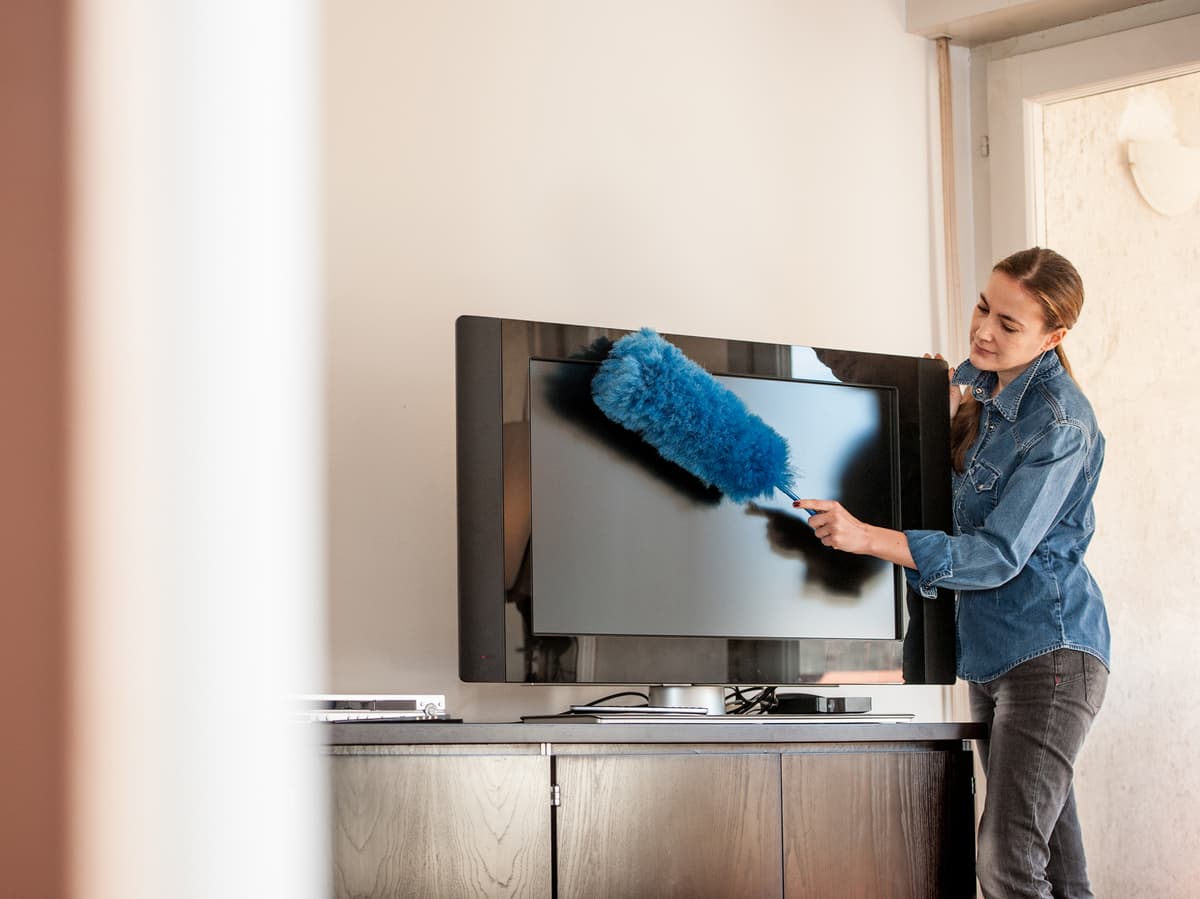

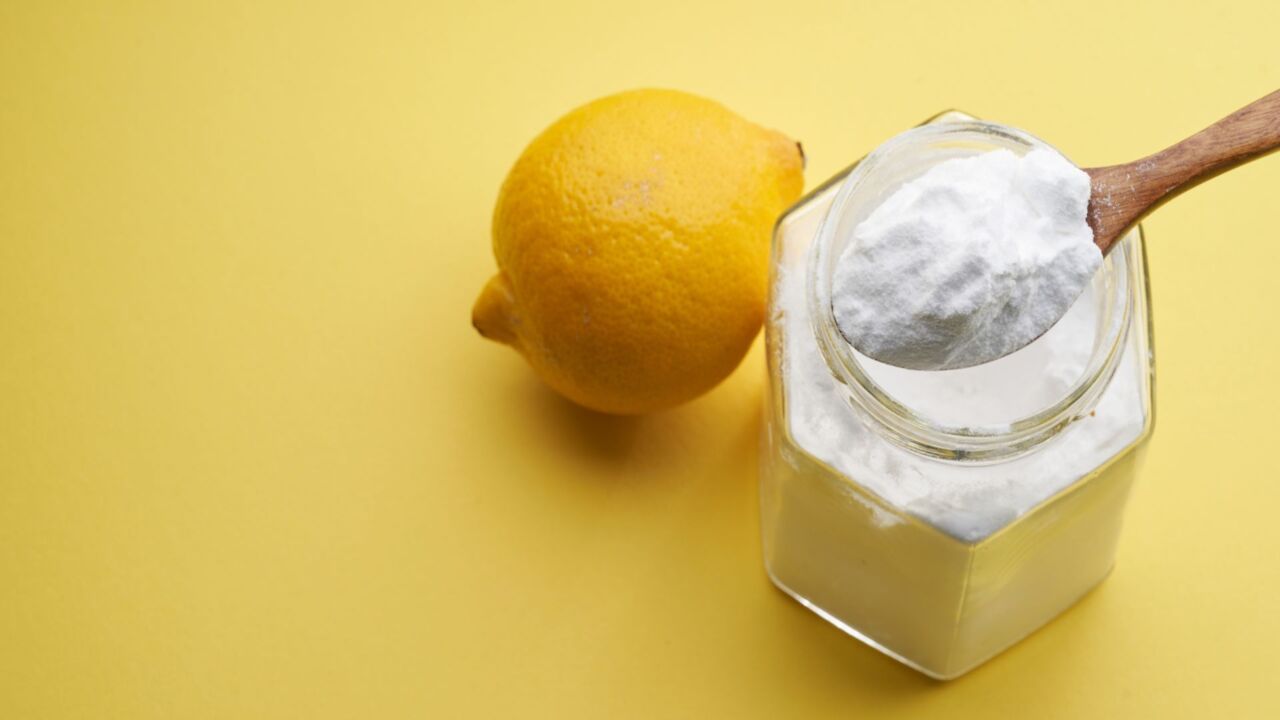
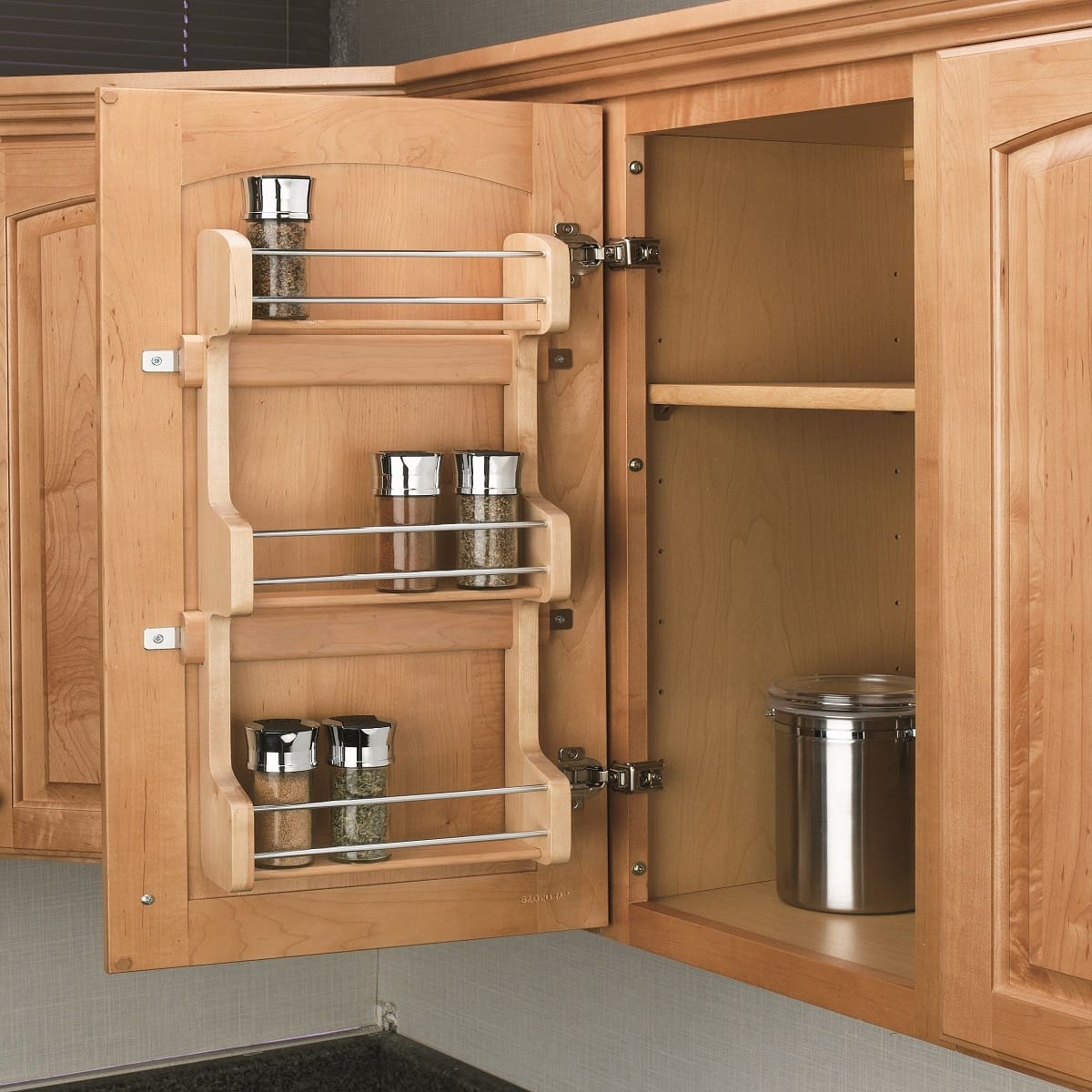



0 thoughts on “5 Bad Kitchen Habits I Finally Fixed And You Should Too”